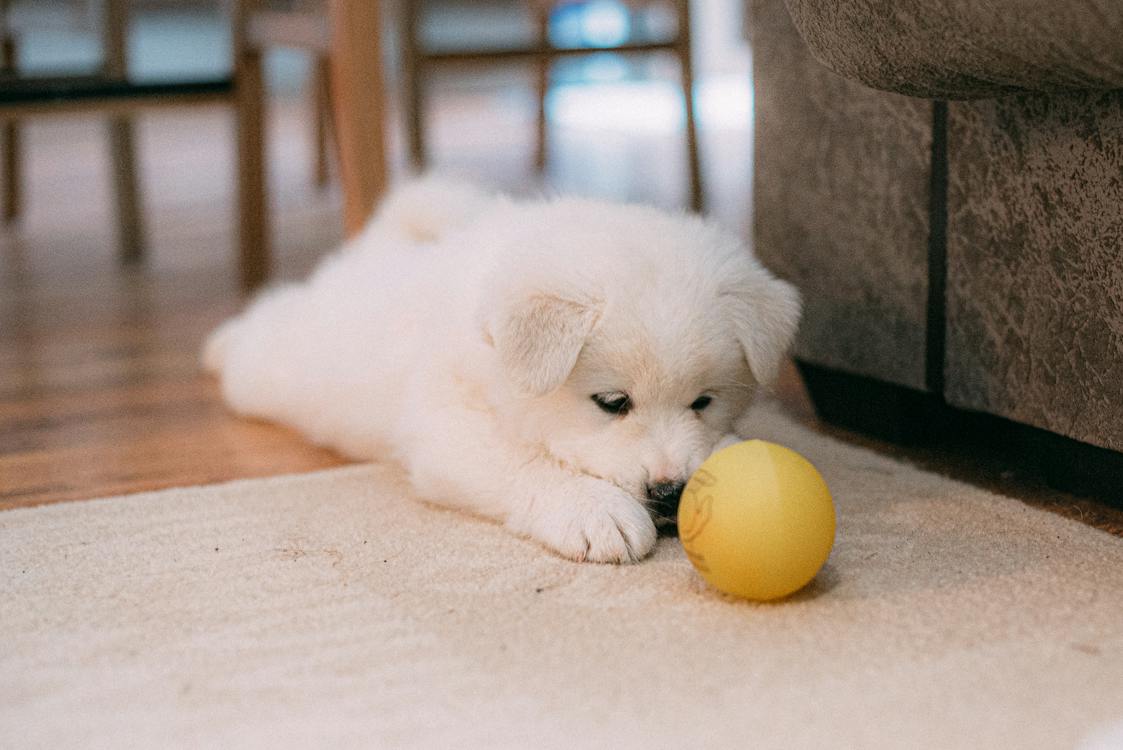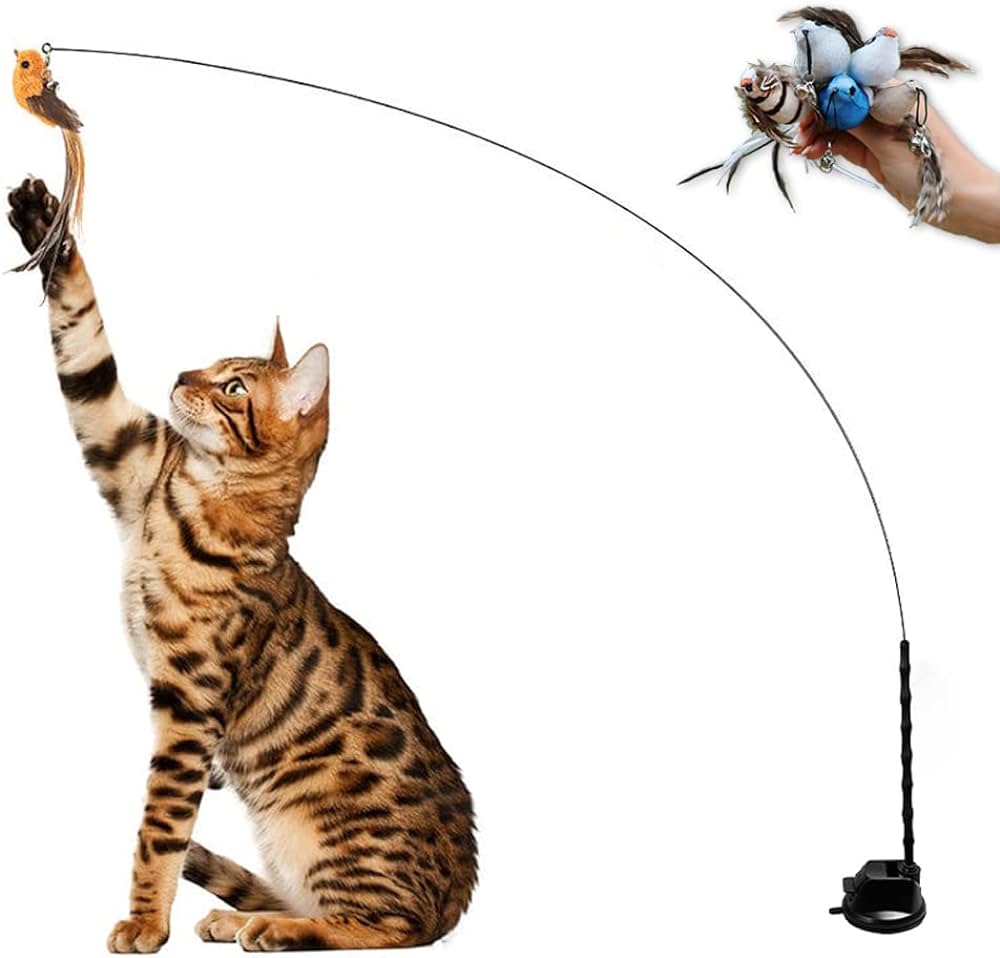From scary snarls meeting strangers to panicked barking near skateboarders, reactive dogs demonstrate behavior communicating profound uncertainty towards environmental stimuli most pups adapt without concern. Whether genetics, trauma history or insufficient socialization underpin reactivity, specialized counterconditioning methods rebuild positive associations preventing fear-based reactions ruining walks and relationships.
Pinpoint Specific Triggers
Compile detailed lists of your dog’s unique reactivity triggers no matter how minor they first appear. Common examples involve:
- Kids, adults, dogs, bikes
- Baby strollers, wheelchairs, scooters
- Vehicles, skateboards, machinery
- Garbage bins, bags fluttering
- Public sculpture, flags flapping
- Construction, sirens, loud noises
Customized training addresses their personalized unsettling themes specifically. Note intensity levels too – hide behind cars versus lunging and biting at rear tires unprovoked.
Prevent Rehearsing Reactions
Initially strictly prevent off-leash access to any triggers allowing rehearsing unwanted reactions and self-reward through adrenaline. Confine, leash or long-line control until reoriented thoughtfully. If circumstances risk exposure, shelter dogs behind barriers, vehicles or even wear basket muzzles as extra precaution.

Start Under Individual Threshold
Using high-value treats, establish the maximum trigger distance eliciting zero reactions from a stationary dog. Does a walking stranger first catch attention at 30 feet or 300 feet? Work initially under their unique comfort distance for given stimuli to set them up succeeding expectations.
Apply Treat Marking
The moment a trigger enters the sub-threshold radius without reactive response, mark the non-reaction with a distinct “yes!” or click then immediately give dog focused back on you a jackpot treat. Rinse and repeat this quick stimulus/mark/reward pattern across exposures in the same environment.
Gradually Progress Closer
Over multiple sessions allowing positive experiences sinking in, cautiously decrease distances to triggers once dogs remain completely relaxed earning treats. Move literally inch by inch closer depending on individual pace tolerances avoiding overwhelm. Ideal pacing keeps their mind engaged with you, not fixating uneasily on approaching triggers.
Generalize Environments
Backslide expects when first proofing behavior in new locations. Travel intentionally to parks, trails and neighborhoods with likelihood of encountering their unique triggers in a controlled way. Consistently apply counterconditioning efforts until non-reactivity generalizes as the default response haters of distraction or intensity levels eventually.
Reactivity often reflects fearful lack of early positive exposures versus born “aggression”. Meet dogs where they’re at now skillwise through compassionate advocacy regaining confidence in themselves to coexist calmly among community diversity again.

Frequently Asked Questions
Will my reactive puppy outgrow this without training?
Unfortunately not without purposeful intervention. Their critical early socialization windows close around 16 weeks old – afterwards lifelong sensitivity and over-reactivity tend to persist creating barriers to enjoyment. Responsible training prevents this.
Is it unrealistic expecting perfect behavior around triggers?
It’s unrealistic expecting all dogs feeling comfortable encountering all entities in all contexts indefinitely. Set realistic goals for your dog’s temperament managing challenges not pushing too far too quickly. Any progress still enhances quality of life.
When do I need specialized training help?
If home-based counterconditioning efforts plateau without noticeable fear levels declining after an initial month, professional training assists getting hindered dogs “unstuck” from their fearful patterns. Some cases do better with experienced behavioral modification guidance.
Remember, reactive dogs desperately wish feeling secure, too. Help them reach understanding meeting societal diversity with confidence instead of compressing their world smaller defensively. They will blossom amazingly with compassionate insight into their unique needs and histories.



